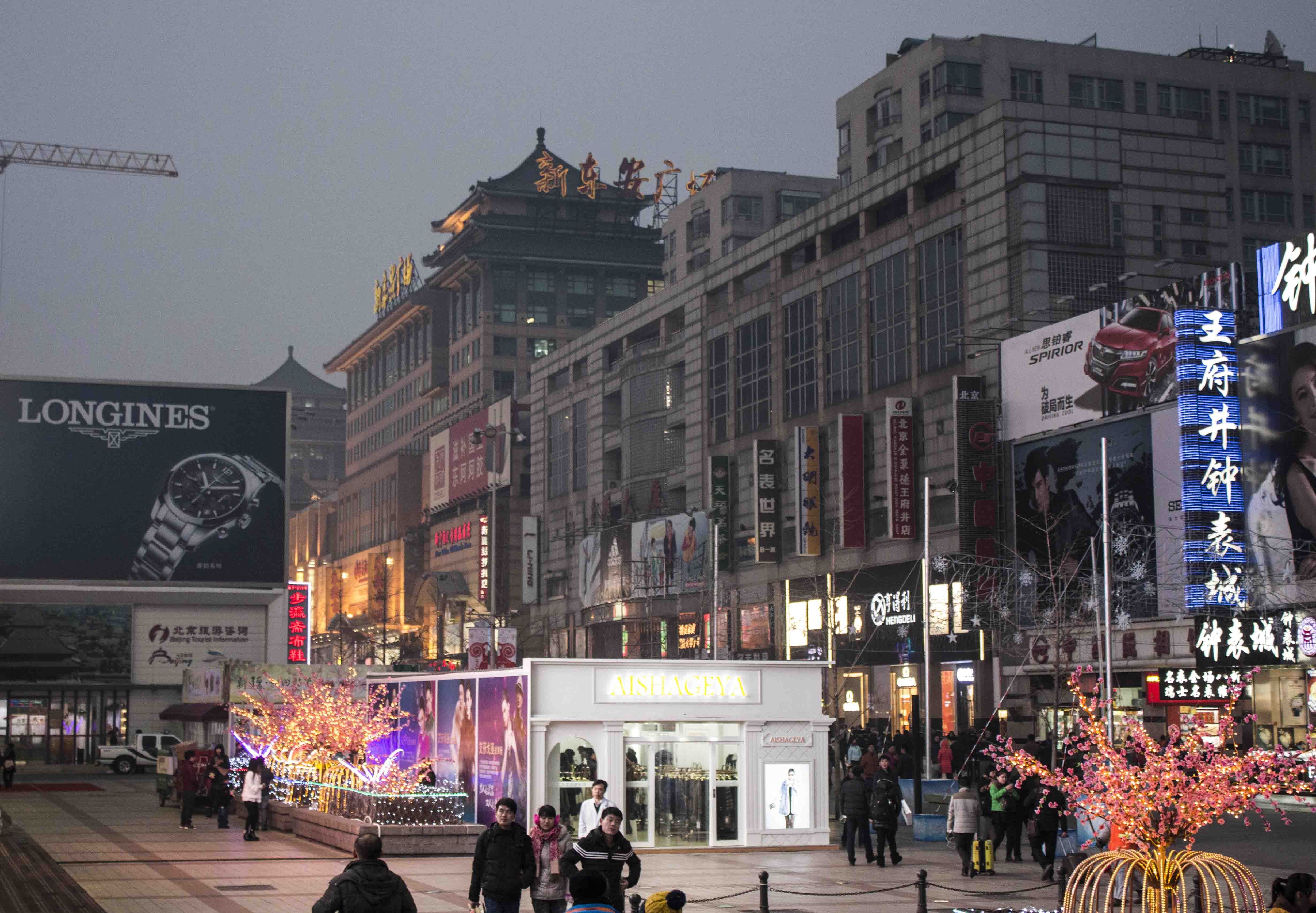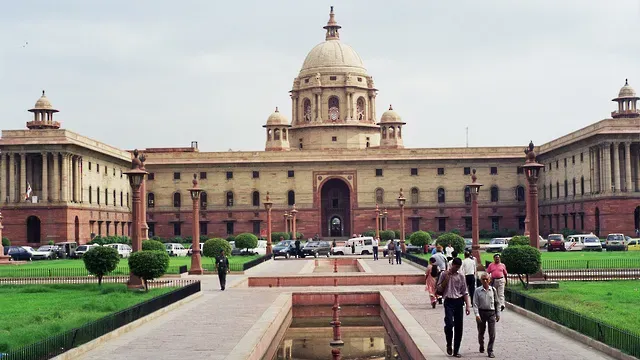The Weekend Read: Greening the Belt and Road
In conversation with Christoph Nedopil Wang, founding director of the Green Belt and Road Initiative Center

Welcome to this weekend’s edition of Lights On, a newsletter that brings you the key stories and exclusive intel on energy and climate change in South Asia.
I hope you enjoyed last week’s story about Nepal’s hydropower boom and what it means for the geopolitics of the region - I’d love to hear your feedback.
If you can, please support this newsletter. Your backing will allow me to bring on board a dedicated researcher so that Lights On can keep going from strength to strength.

As more countries get serious about fully decarbonising their economies, China’s role in this global push is coming under increasing scrutiny. The world’s biggest CO2 emitter has already committed to reaching net zero emissions by 2060, but questions remain over the environmental impacts of its flagship foreign investment programme, the Belt and Road Initiative (BRI).
Under this program, China has developed new coal in 25 partner countries as well as oil and gas capacity in tens of others. But as international pressure mounts, so do efforts to turn the BRI green.
This week I spoke with Christoph Nedopil Wang, founding director of the Green Belt and Road Initiative Center and a senior research fellow at the International Institute of Green Finance of the Central University of Finance and Economics in Beijing, to learn more about what China is doing to get its partner countries on a green growth path.
Lights On: How did the idea of a ‘green’ Belt and Road Initiative come about? And why was it needed in the first place?
Christoph Nedopil Wang: The idea of a green Belt and Road Initiative was born from the very beginning of the Belt and Road Initiative itself, but that doesn't mean that the BRI was green from the beginning.
When the BRI was announced in 2013, nobody knew what it was. [We can say] it was a strategic initiative to bring together all the somewhat disparate kinds of initiatives that China already had, this kind of ‘going global’ approach.
In many ways, China believes that its development model is replicable in other countries. And China's growth model is, of course, very strong infrastructure investment-led growth. And to believe that through trade you can grow a nation. At the same time China had a number of over capacities in the infrastructure development sector, just because they had a lot of infrastructure and construction at home. And so how do you also continue to use that and ideally, do good for other countries, also promoting your own exports a little bit more.
Now this infrastructure-led growth, particularly between 2000 and 2015, was still very codependent. So we see a lot of the old electricity plans, because China believes that you need a lot of electricity for economic growth, and indeed, a lot of the BRI countries have insufficient electricity. And China believes also that coal is the cheapest and most social form of energy. And very quickly, China became the largest coal sponsor worldwide. Now, of course, that does not chime well with the Paris climate accord, and the kind of dream development of China. So the first Belt and Road forum took place in 2017 and that's when the first principles of green BRI were established.
What are these principles and how effective are they?
Now in practice that kind of guidance lacks teeth. In traditional project finances, the developer is responsible for an environmental impact assessment and for environmental and social risk management. But these guidelines that the Chinese offered, only required that Chinese developers apply host country principles. So whatever the legal requirements of the host country are, as long as you comply with them, we are happy, which is of course hugely different to any type of development finance that we're seeing globally.
Globally, most of the development finance institutions like the World Bank and other bilateral financial institutions are all adhering to standards that go way beyond the local regulations, in order to overcome the local weaknesses in emerging markets. China never required that. So they always said of course, we believe in green growth, but de facto they had no teeth to implement that.
Is something being done to rectify that?
Things started to change in 2019 with the second Belt and Road forum, when the BRI Green Development Coalition was established under the leadership of the Ministry of Ecology and Environment, with a number of international and Chinese partners to develop more practical implementable solutions for greening the BRI.
One of the milestone developments of the BRI Green Development Coalition was the publication of the green development guidance last year in December. It uses a traffic light system that structures the BRI projects in green, yellow, and red. It's in many ways, the most comprehensive overseas finance guidance that any nation has put forward.
Can you tell me more about how this system works?
This green, yellow and red categorization with clear criteria, and the inclusion of the climate, biodiversity and pollution aspects, is definitely extremely ambitious. The idea is to make it simple and relevant, but also flexible. The green [tag] means that you have no significant harm on any of the environmental dimensions, be it pollution, biodiversity or climate. So nothing negative, and a positive contribution to at least one of them. The yellow projects are the ones that don't cause any significant harm, but have no particularly positive contribution either. And then if your project has any significant harm on any of the environmental dimensions, no matter how many positives you have, you're still red.
Can you give me one real life example?
For example, a clear red project is clean coal, which is often wrongly considered a green technology. Because you have less air pollution than before, but if you consider the climate dimension, clean coal would have a massive impact on greenhouse gas emissions. It is doing significant harm to the climate, and therefore it must be red. Now, that's kind of a first step analysis.
The next question is, what about how we implement our various projects, because it really depends, for example, on where projects are and how good their environmental risk management is. So that's why we say, let's not be too stringent, because the reality on the ground is often quite different. A hydropower plant, for example, would in general be red, because it has a high impact on biodiversity, just because you flood a huge area of land. Now, of course, if you do that correctly, minimising and compensating for biodiversity losses, then a hydro power can be a green project because it contributes to a zero carbon emission energy system.
Let’s think about energy systems that are hard to decarbonise. In South Asia we have Pakistan, where China has a lot of coal investments. In this case, is there a chance to change course and make the existing infrastructure more sustainable? Or we can only target new infrastructure?
What we are analysing in Pakistan is the risk of stranded assets. That’s when operational coal-fired power plants, but also hydro, due to climate change, technology or regulation, become stranded assets for investors.
There are three potential reasons for this. One is change in regulation, the second is the price of emissions within an emission trading system. But more importantly, it's the price of renewables. If that sinks, then why would an investor still hold a coal-fired power plant? Or why would the government still pay a high price for coal-fired electricity when it could get it much more cheaply from renewables? And that’s why there are initiatives to use debt relief to buy out some of the coal-fired power plants and retire them early.
In Pakistan we're definitely seeing a potential stop to coal investment [as signaled by the PM Imran Khan last December]. But there's still no clarity on what exactly the PM’s statement means in practice. We're working closely with the three main institutions in Pakistan that are working on this. But they also don’t know how to interpret this announcement yet.
In Bangladesh, a letter sent by the Chinese Embassy to the Bangladeshi government said that China is going to withdraw from any future fossil fuel investment. Is this part of a broader effort to move away from coal? Or in this case is it just because coal is not very lucrative in the country?
I interpret this move as a possible trend. But for now it's nothing officially announced by the Chinese central government. So we have to see whether this approach is applied more broadly than in Bangladesh. And also the Bangladesh announcement only targets government to government projects so far, which are different from commercial projects.
Nevertheless, I have a strong hope that both from the investors’ side and the Chinese government side, as well as from the host countries, there will be less appetite for coal over the next few years.
So we're talking about these guidelines and efforts to remove the most comprehensive investment in the pipeline in the future. But does that apply only to government owned companies? Or is there a way to bring on board the private companies that are operating within the Belt and Road?
First, most coal plants are built by state owned enterprises. And secondly, a lot of the financing, particularly for coal, just comes from China itself. So developers are looking at Chinese investors. Now, who are the Chinese investors? There's the ExIm Bank [export-import bank], and most of its financing goes to government to government projects. So if government to government coal financing is over, ExIm Bank will most likely not touch coal anymore.
Then there’s China Development Bank which acts both as a policy and a commercial bank, and has different sides of its operations. But we're actually not seeing a lot of CDB investments in coal.
Generally, we are seeing a decline of appetite for foreign coal investments. And financial institutions are less ready to take on that risk, as well. So it's not only about private developers: if they can't get financing, then there's no investment.
That’s all for today! If you like what you read, please consider signing up for free or as a member:



